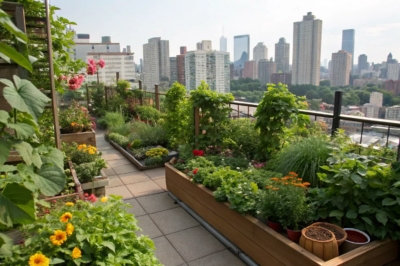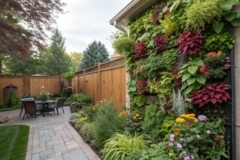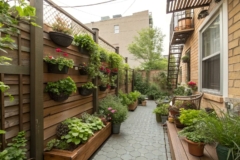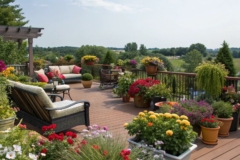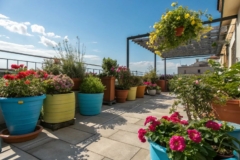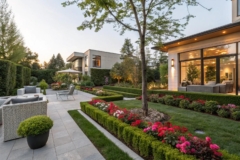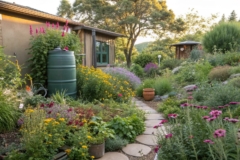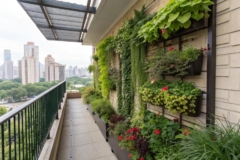1. Pallet Gardens
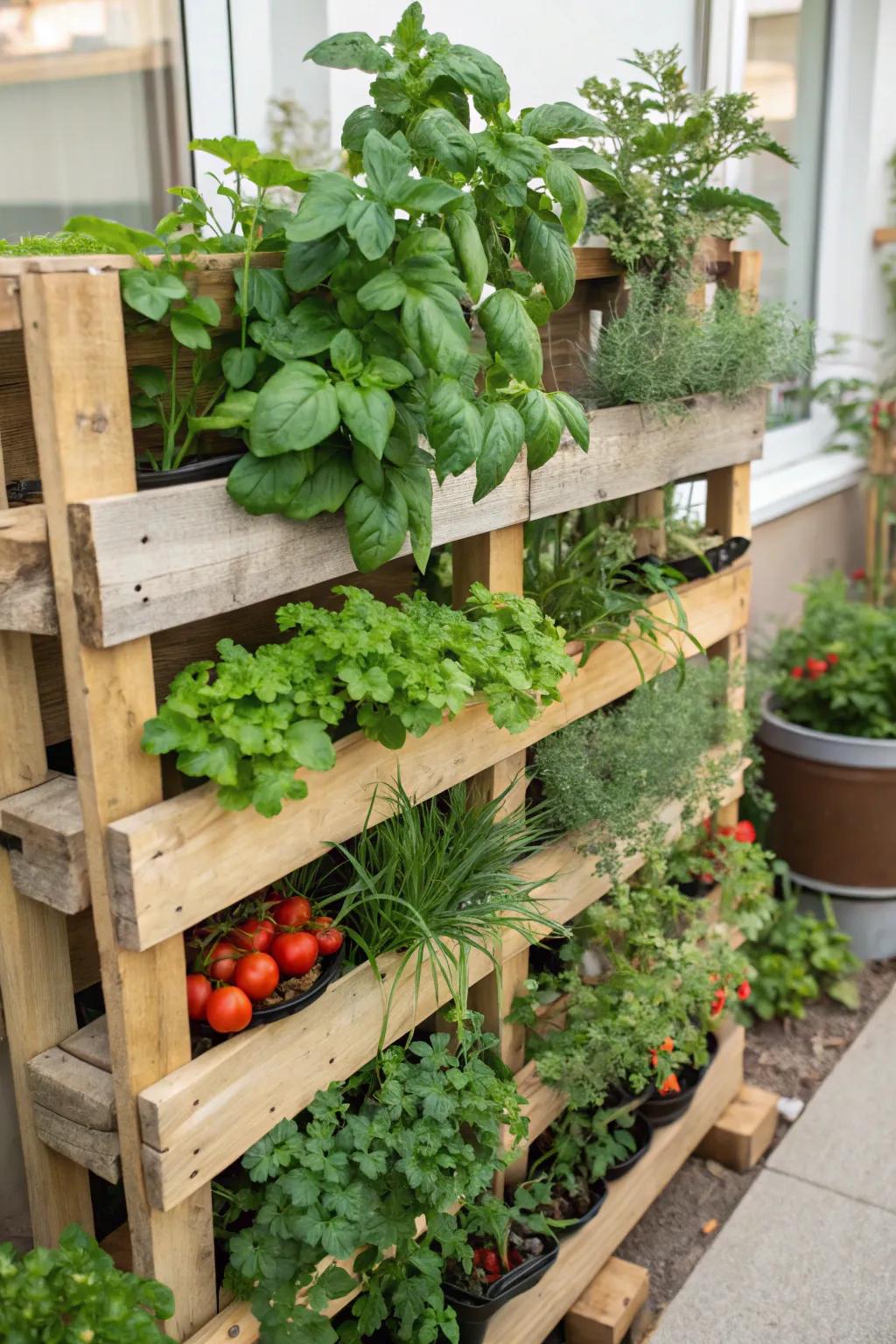
Repurposing pallets for vertical gardens is both eco-friendly and stylish. I’ve used them to grow herbs and small vegetables with great success.
May just do the trick:
- Vertical Garden Planter Bags: Easily attach these planter bags to your pallets and boost your garden’s growth vertically.
- Organic Herb Seeds Variety Pack: Start your pallet garden with this selection of organic herb seeds for a flavorful harvest.
- Heavy-Duty Garden Plant Clips: Secure your plants efficiently with these heavy-duty clips, ensuring stability for growing herbs.
2. Raised Beds
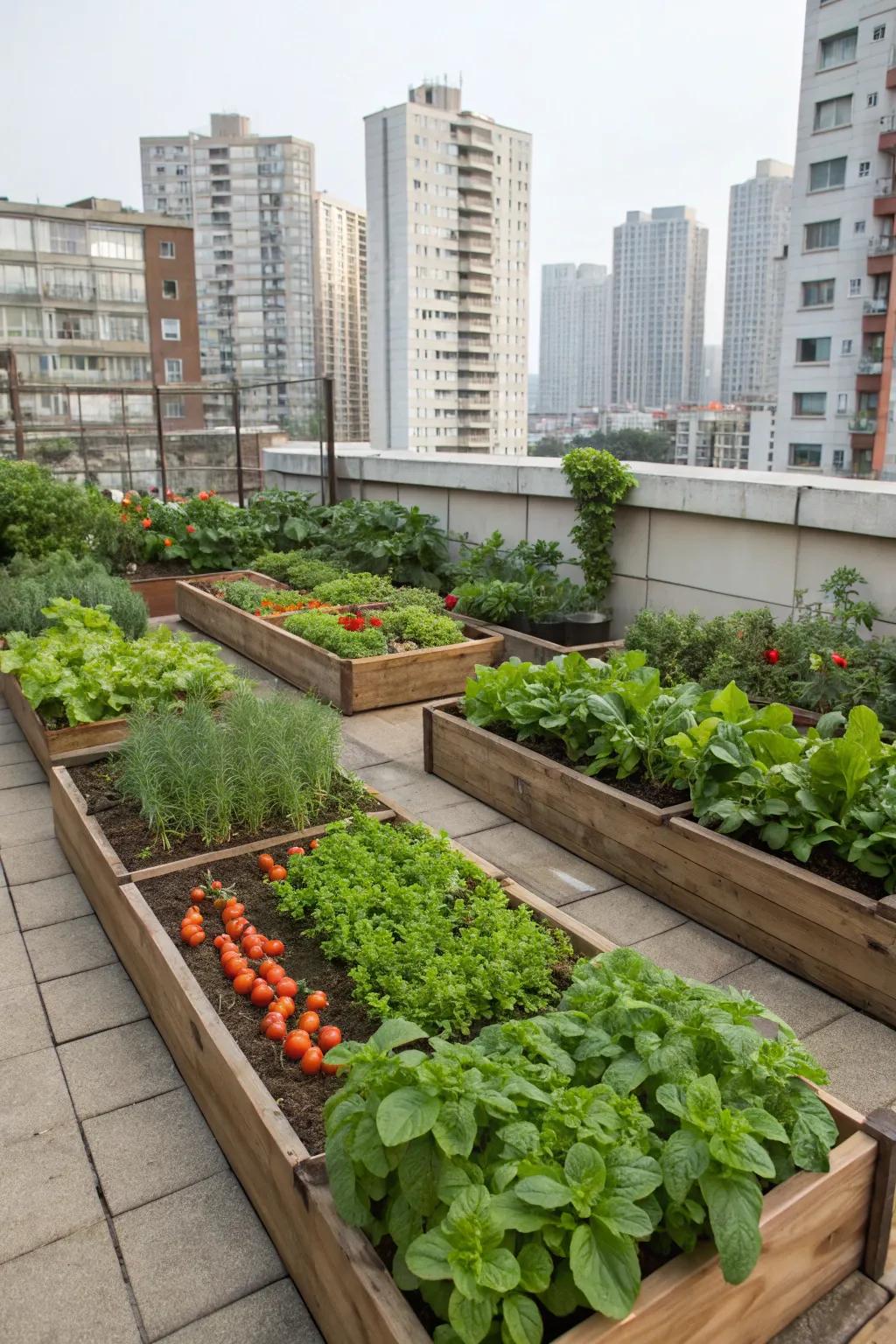
Raised beds are fantastic for urban gardens, offering better soil conditions and easy access. I love how they elevate the design of my outdoor space while keeping everything organized.
Products that could assist:
- Wooden Raised Garden Bed Kit: Enhance your urban garden with this easy-to-assemble wooden raised garden bed kit.
- Premium Organic Potting Soil Mix: Provide your plants with nutrient-rich, organic potting soil for optimal growth and health.
- Weatherproof Garden Bed Cover: Protect your garden from the elements with this durable, weatherproof garden bed cover.
3. Balcony Gardens
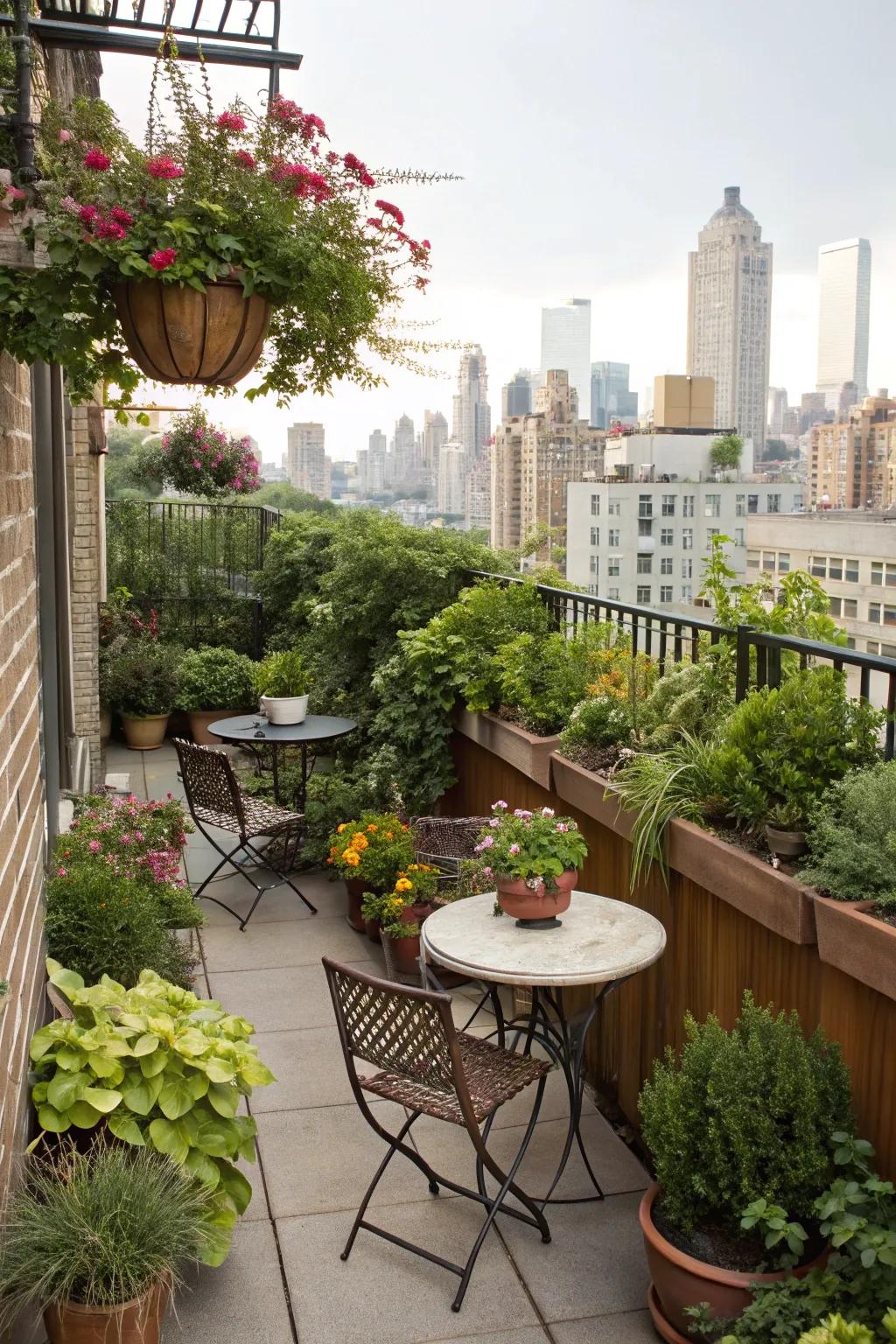
Turn your balcony into a cozy garden retreat. I added a small seating area among my plants, making it the perfect spot to unwind with a cup of tea.
A few helpful options:
- Compact Outdoor Bistro Set: Create a cozy nook among the greenery with a stylish, space-saving outdoor bistro set.
- Hanging Planter Basket: Enhance your balcony’s beauty and save space with elegant hanging planter baskets.
- Automatic Watering System for Potted Plants: Ensure your plants thrive effortlessly with a convenient automatic watering system.
4. Rooftop Retreats

Utilize rooftop spaces for larger garden setups. I’ve seen rooftops turned into lush retreats, complete with seating and shade, perfect for city living.
Maybe worth checking out:
- Outdoor Patio Furniture Set: Create a cozy seating area on your rooftop with this stylish outdoor furniture set.
- Retractable Sun Shade: Enhance comfort with a retractable sun shade, perfect for sunny rooftop spaces.
- Raised Garden Bed Planter: Start your rooftop garden with versatile raised garden bed planters for easy planting.
5. Microgreens

Microgreens are quick to grow and packed with nutrients. I’ve found them to be the perfect solution for small indoor spaces.
Possibly handy products:
- Microgreens Growing Kit: Kickstart your microgreens journey indoors with an easy-to-use growing kit today.
- Organic Microgreen Seeds Pack: Explore a variety of organic seeds to grow fresh microgreens at home.
- Indoor Grow Light for Microgreens: Enhance microgreen growth with a compact indoor grow light for optimal results.
6. DIY Planters
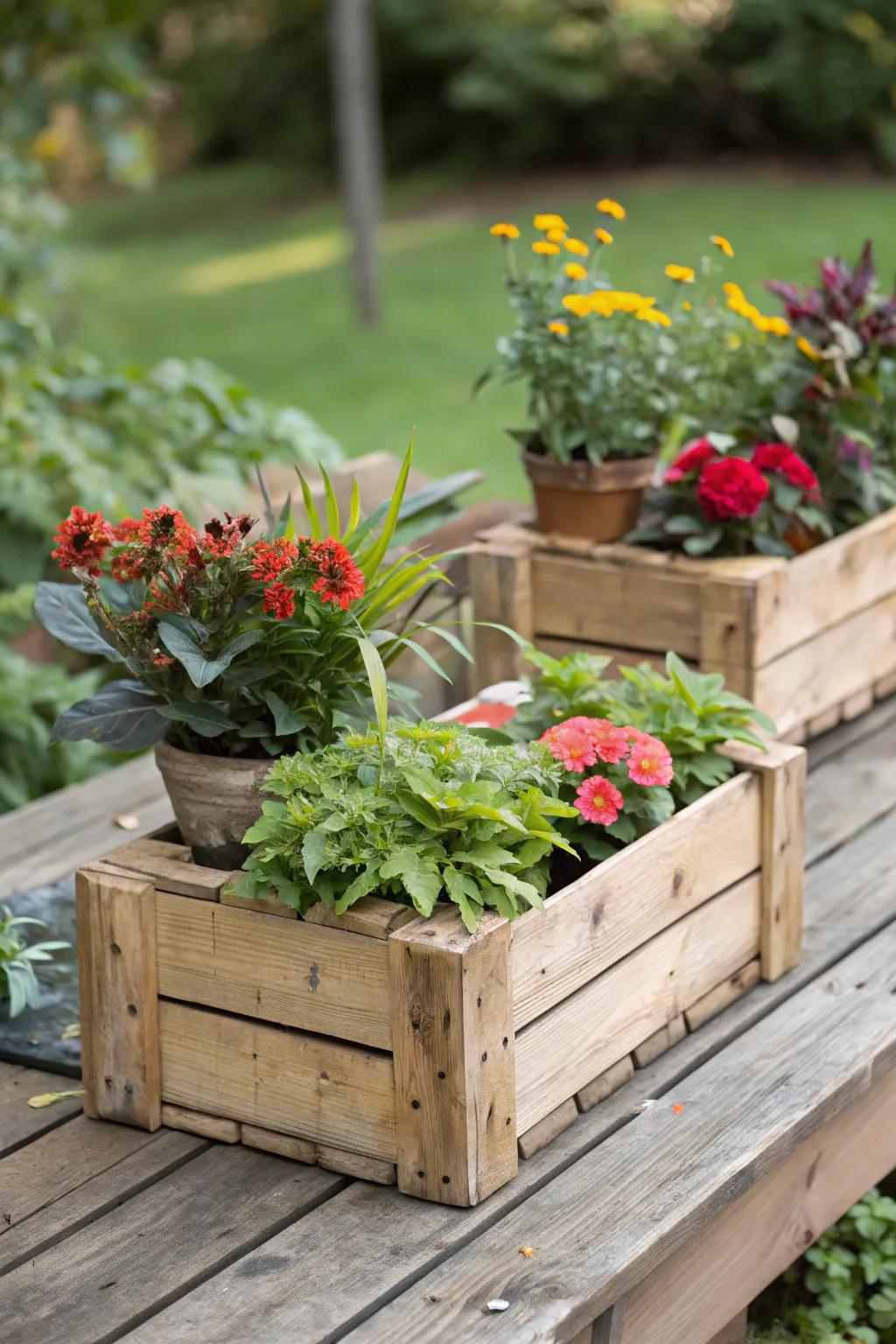
Get creative with your planters by repurposing materials. I transformed old wooden crates into charming plant boxes, adding a rustic feel to my garden.
Check if these fit your needs:
- Wood Crate Set: Enhance your garden with rustic wooden crates perfect for creative DIY planters.
- Indoor/Outdoor Plant Pots: Upgrade your planters with flexible pots that fit perfectly inside wooden crates.
- Garden Plant Labels: Organize your planter boxes with stylish plant labels for easy identification.
7. Gutter Gardens
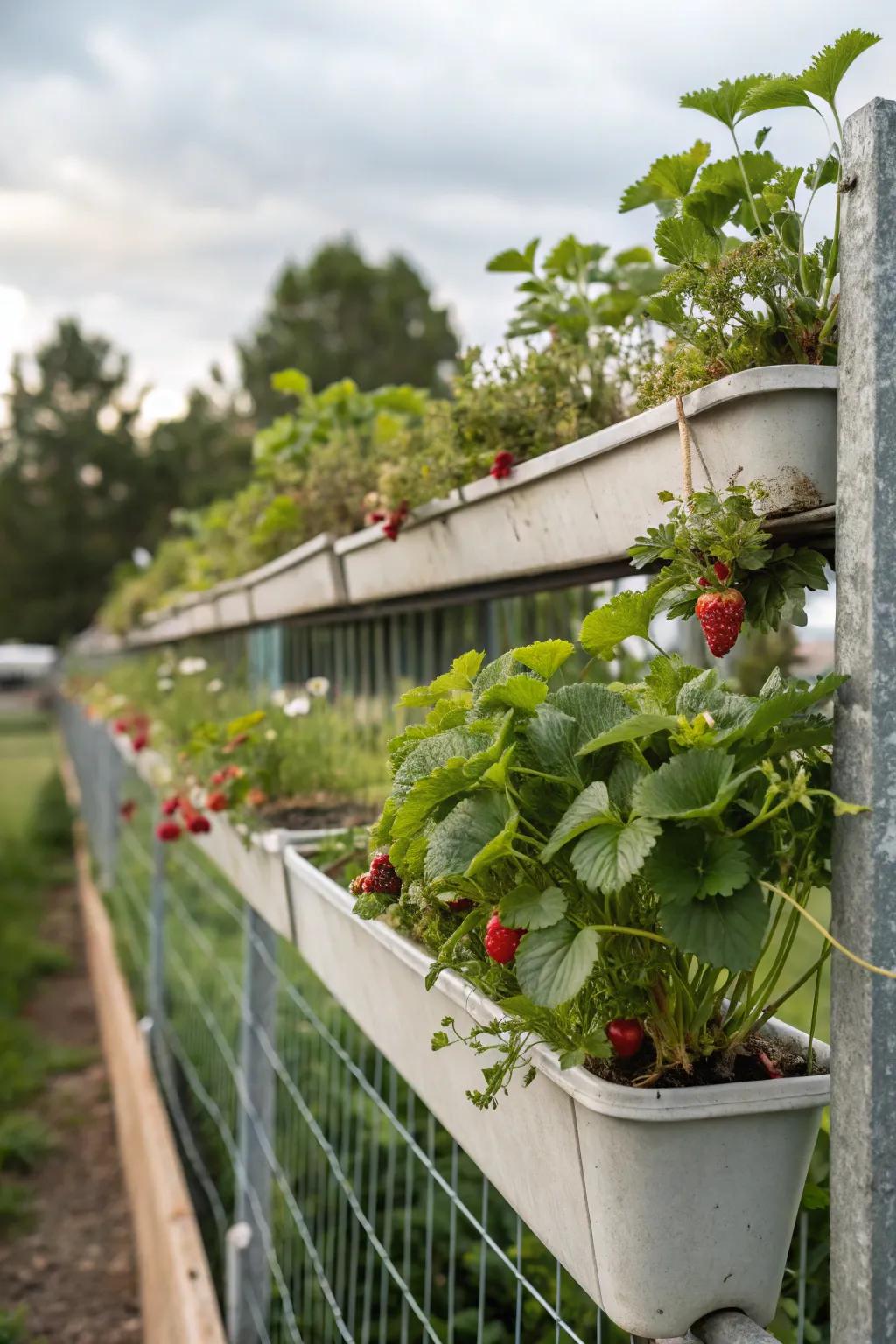
Old gutters can be repurposed into clever garden solutions. I’ve seen them used to grow herbs and strawberries, maximizing narrow spaces.
Try these:
- Wall Mount Brackets for Planters: Secure your gutter garden with sturdy wall mount brackets for an efficient vertical setup.
- Organic Potting Soil Mix: Enhance plant growth in your gutter garden with organic potting soil tailored for herbs and berries.
- Compact Drip Irrigation Kit: Ensure consistent watering for your gutter plants with a convenient compact drip irrigation kit.
8. Container Gardening
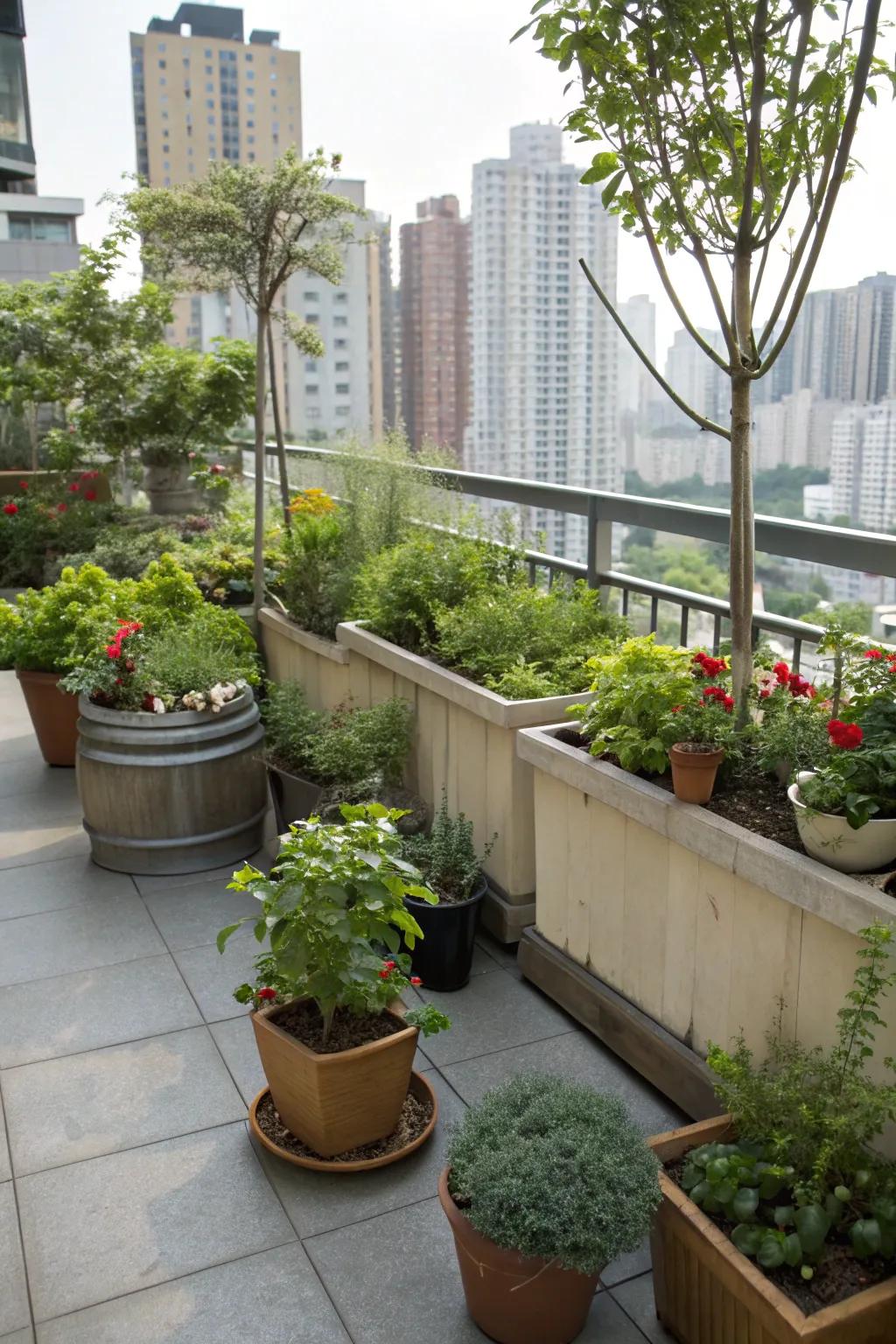
Containers give flexibility and mobility to your garden. I enjoy using a mix of pots and repurposed containers for a quirky, personalized touch.
You might give these a try:
- Large Decorative Planters: Transform your balcony with stylish large planters, perfect for vibrant urban gardening.
- Self-Watering Pots: Ensure hassle-free plant care with self-watering pots that manage hydration efficiently.
- Gardening Tool Set: Equip yourself with essential tools for successful container gardening on your balcony.
9. Window Boxes
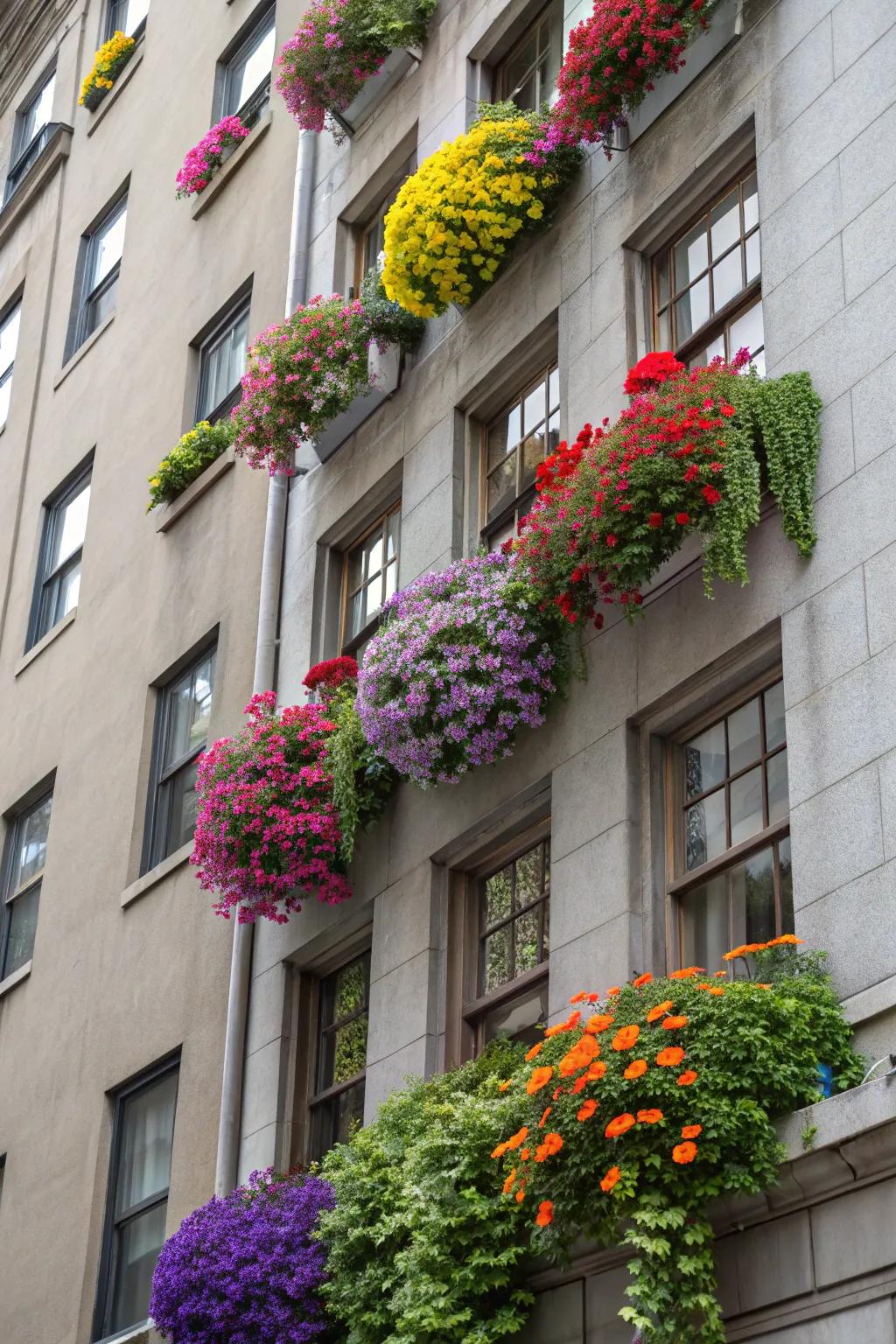
Window boxes can transform any facade into a floral display. I love how they add curb appeal and a splash of nature to the cityscape.
Explore these options:
- Adjustable Window Box Brackets: Securely install window boxes on any facade. Enhance your urban garden effortlessly.
- Self-Watering Window Planter Boxes: Simplify plant care with self-watering planters. Keep your blooms thriving with minimal effort.
- Decorative Window Box Liners: Protect your window boxes with stylish liners. Extend the lifespan and appeal of your planters.
10. Herb Gardens
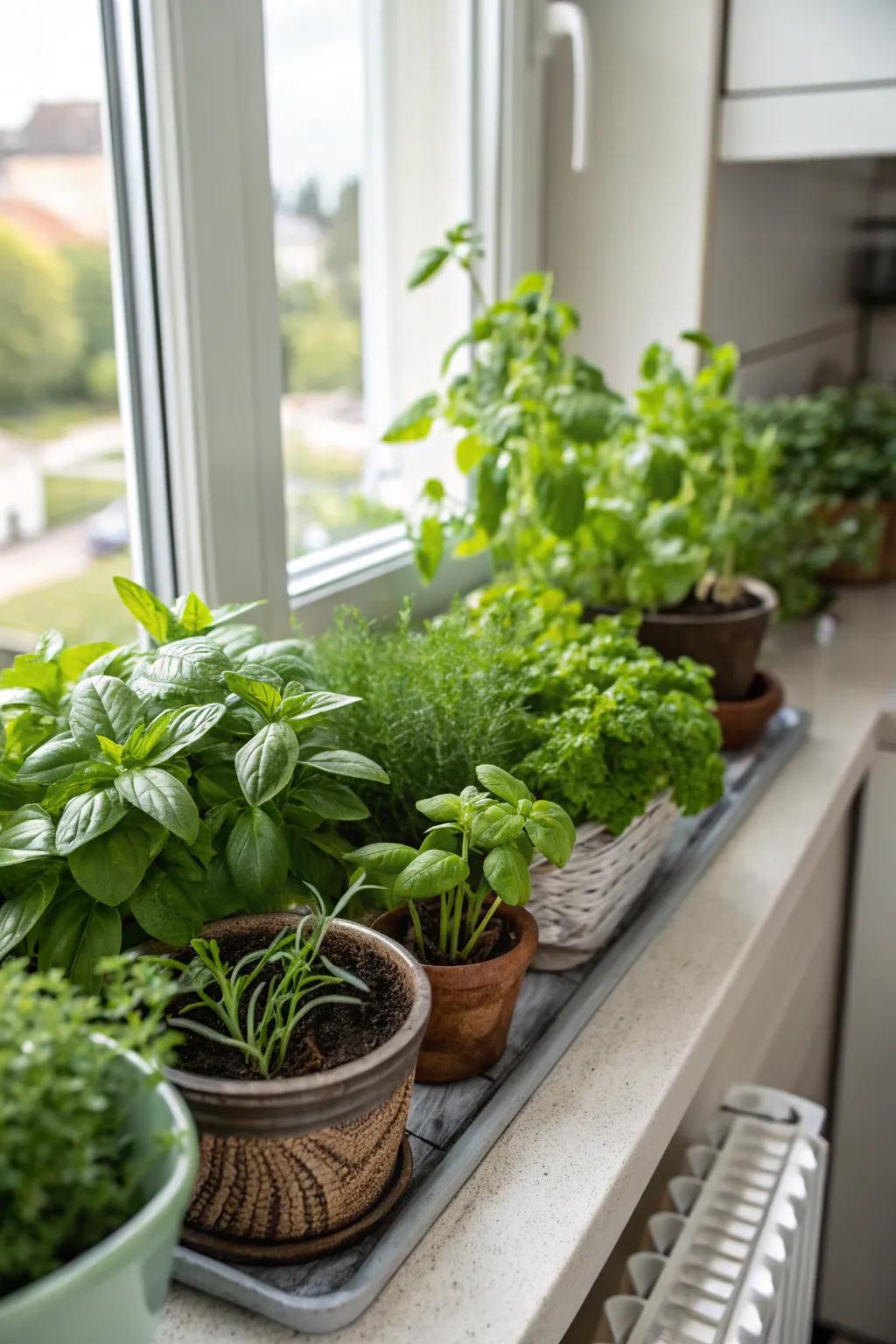
Herbs are perfect for urban settings, offering fresh flavors right at your fingertips. I keep mine on the kitchen windowsill for easy access while cooking.
Useful items to consider:
- Compact Herb Planter Set: Elevate your kitchen with a stylish herb planter set, ensuring fresh flavors within reach.
- Organic Herb Seed Kit: Start your herb garden effortlessly with an organic seed kit perfect for any kitchen windowsill.
- Self-Watering Herb Pots: Simplify your herb care with self-watering pots that ensure optimal moisture levels at all times.
11. Vertical Gardens
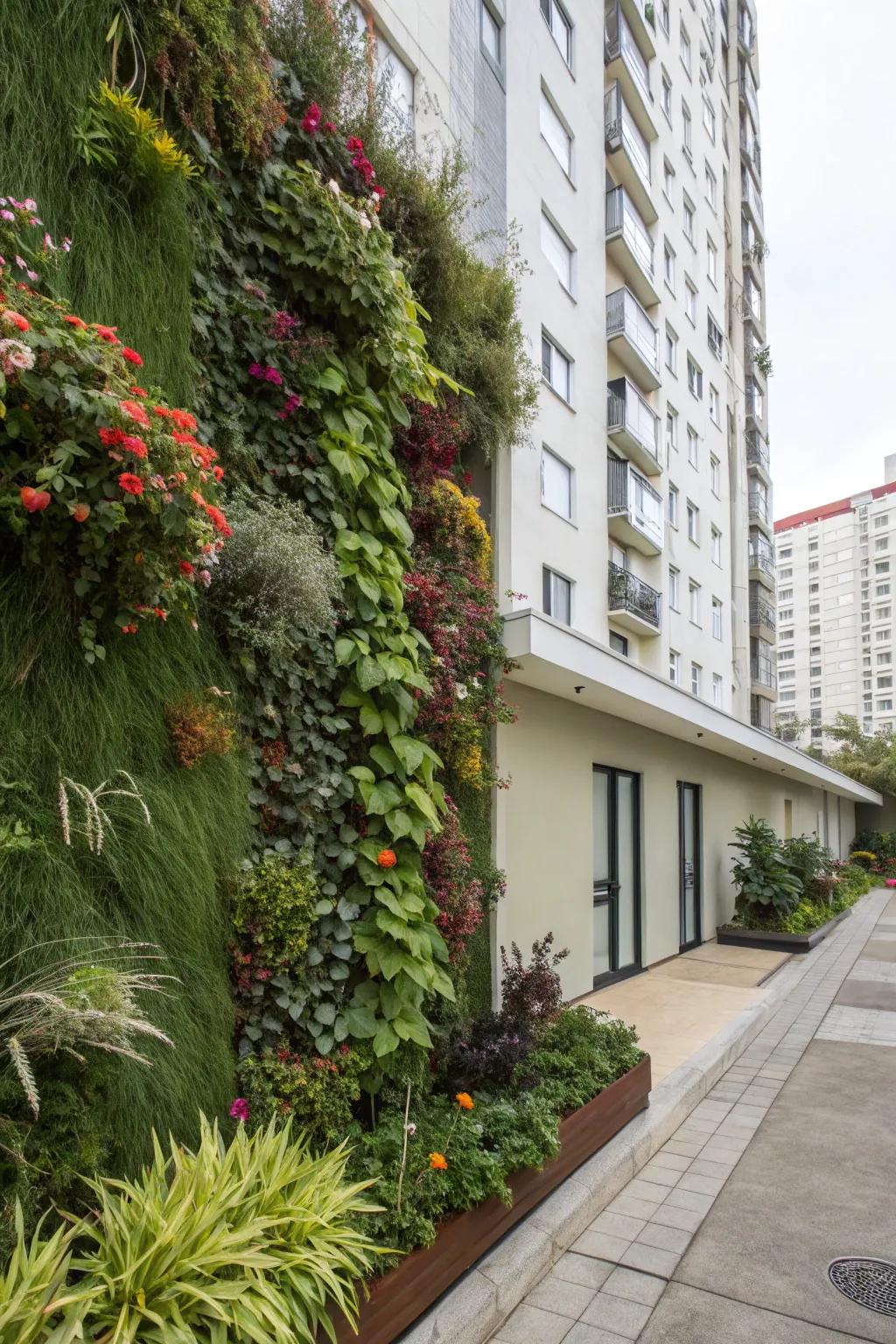
Vertical gardening is a lifesaver when floor space is scarce. I once turned a blank wall into a lush tapestry of green using wall-mounted planters—a real game-changer!
Possibly helpful picks:
- Wall-mounted Planters: Transform any blank wall with these versatile wall-mounted planters for a lush, green aesthetic.
- Vertical Garden Kits: Start your vertical garden effortlessly with these all-inclusive vertical garden kits for beginners.
- Indoor/Outdoor Living Wall Panels: Create a stunning living wall indoors or outdoors with durable and stylish living wall panels.
12. Hanging Gardens

Hanging baskets add beauty without taking up ground space. I love how they bring a burst of color and greenery at eye level.
Check these products out:
- Coconut Lined Hanging Planters: Enhance your balcony garden with coconut-lined hanging planters for natural beauty and water retention.
- Heavy-Duty Hanging Hooks: Secure your hanging baskets effortlessly with heavy-duty hooks, ensuring stability and peace of mind.
- Outdoor Hanging Plant Brackets: Install robust plant brackets to easily hang your vibrant floral displays in any outdoor space.
13. Companion Planting
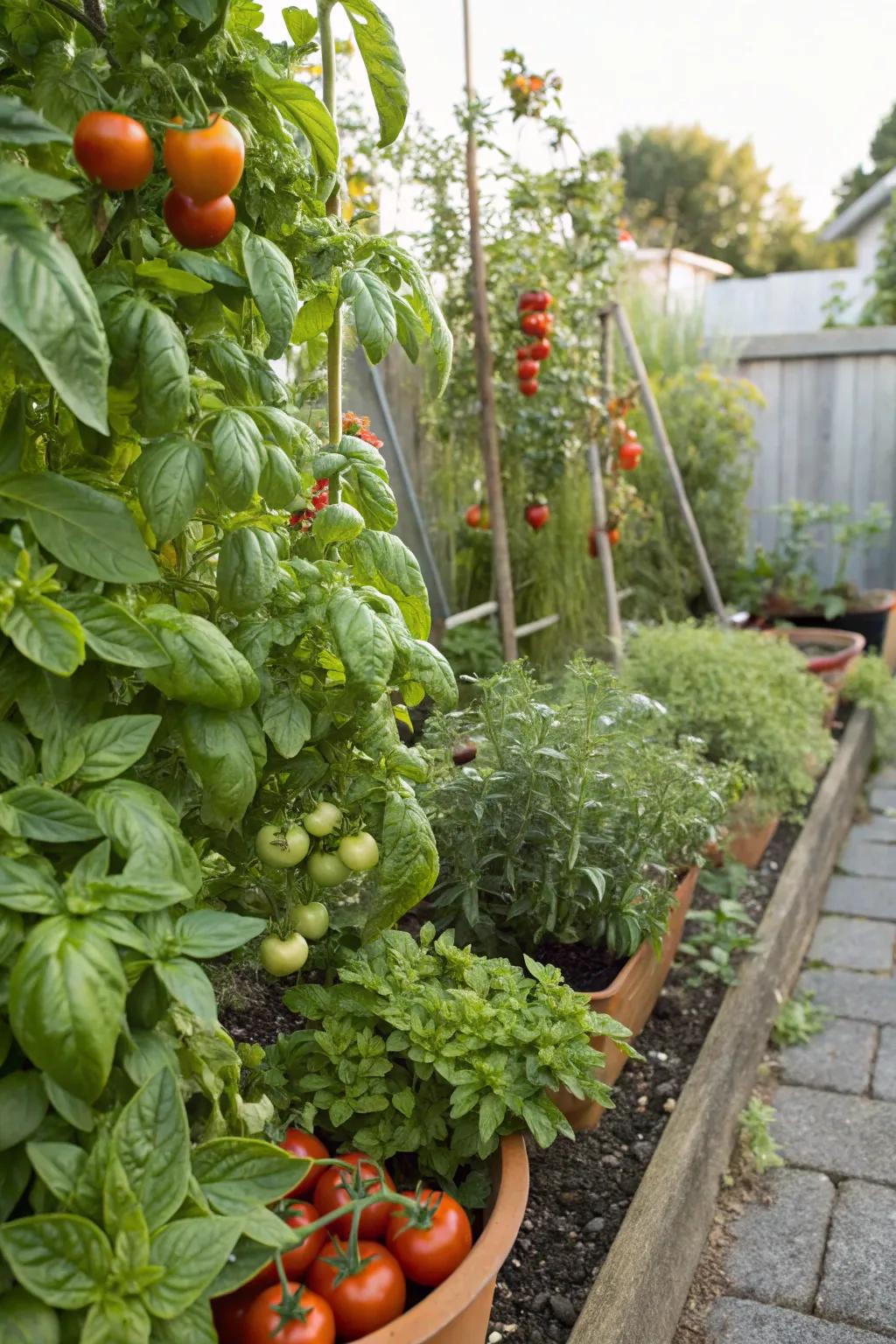
Companion planting can boost growth and deter pests. I plant basil next to my tomatoes for a natural pest repellent—and the flavors pair perfectly in the kitchen!
These products might be useful:
- Raised Garden Bed: Elevate your plants with a raised bed for better growth and easier maintenance.
- Organic Basil Seeds: Grow your own fresh basil for delicious companion planting with tomatoes.
- Tomato Cage Support: Ensure sturdy support for your tomatoes with these durable cages.
14. Aquaponics
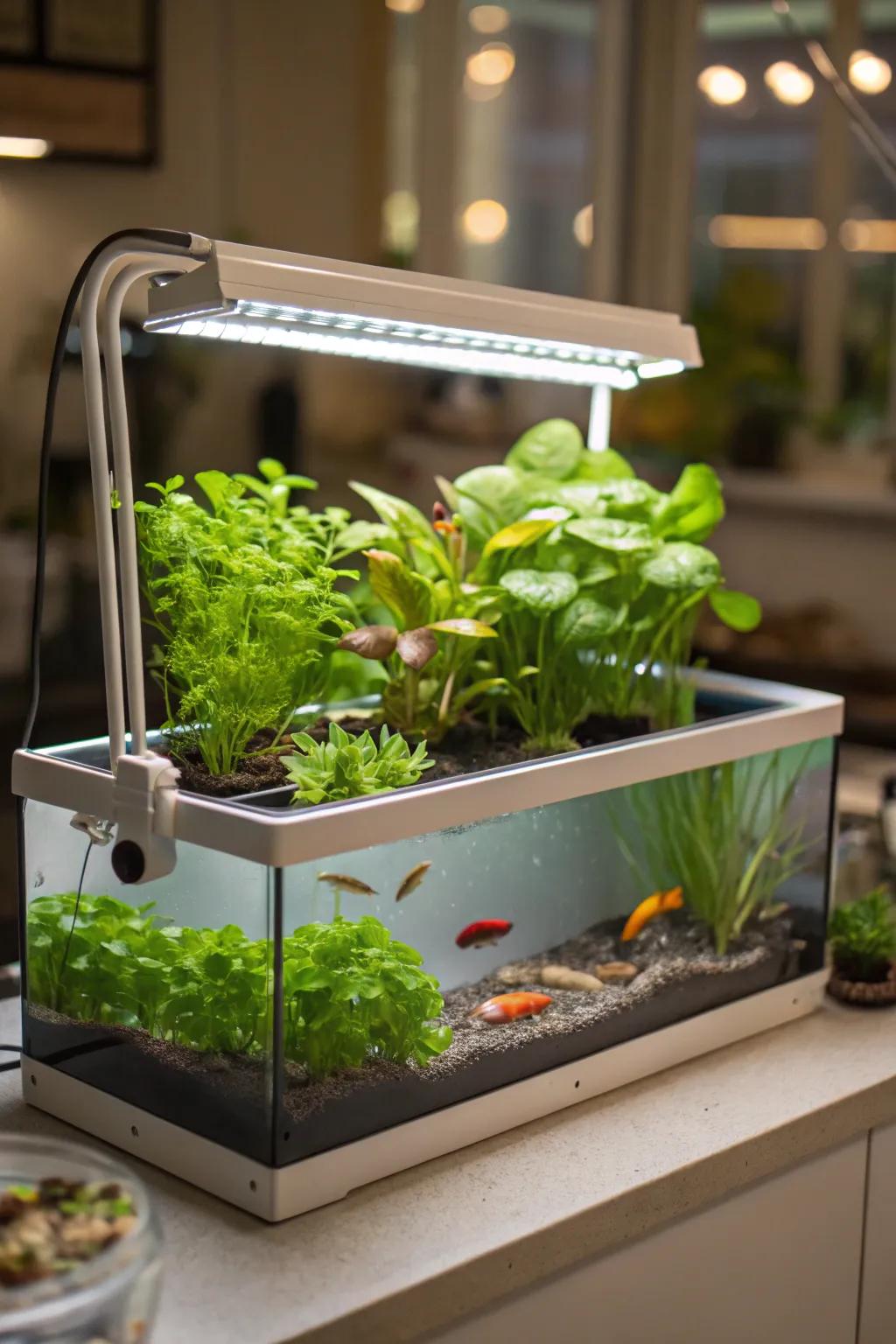
Aquaponics is a surprising way to grow plants and fish together. Setting up a small system in my kitchen has been a fascinating project.
Give these a look:
- Aquaponics Starter Kit: Begin your aquaponics adventure with this starter kit, perfect for kitchen setups.
- Full Spectrum LED Grow Light: Enhance plant growth with this energy-efficient LED grow light for indoor systems.
- Small Aquarium Pump: Ensure optimal water circulation in your aquaponics system with a compact, reliable pump.
15. Green Walls
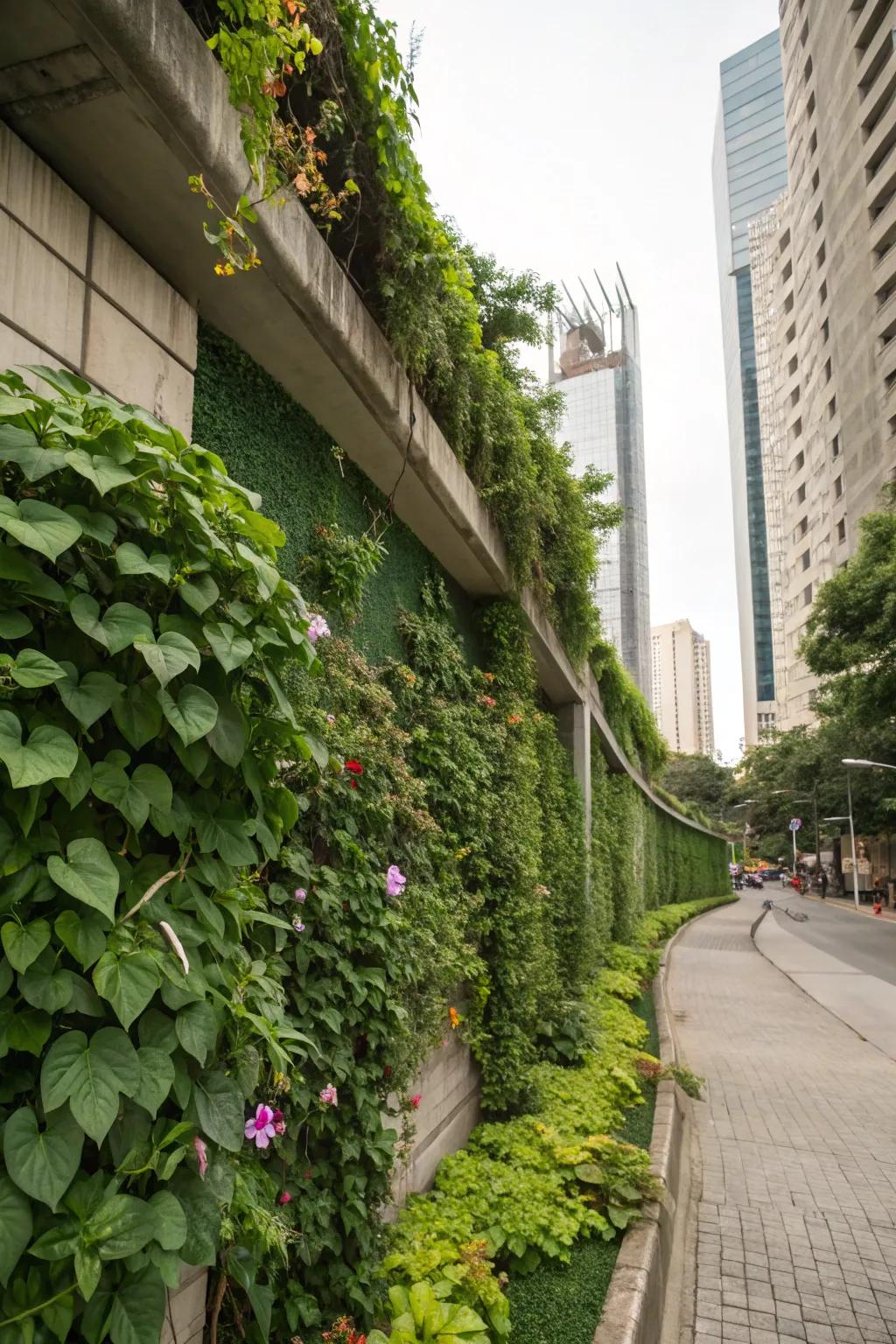
Green walls are a stunning way to maximize space. I’ve watched my home transform with a vertical garden of ferns and succulents, bringing nature right to my doorstep.
You might like:
- Vertical Wall Planter System: Transform your space with an easy-to-install vertical wall planter for lush greenery anywhere.
- Automatic Drip Irrigation Kit: Ensure your plants thrive effortlessly with an automatic drip irrigation kit for consistent watering.
- Assorted Succulent Collection: Discover the charm of diversity with an assorted succulent collection perfect for vertical displays.
16. Terrariums

Terrariums bring a miniature green world anywhere in your home. I keep one on my desk to bring a bit of the outdoors inside.
A few relevant products:
- Glass Terrarium Container: Elevate your space with a chic terrarium, perfect for adding greenery to any room.
- Terrarium Plant Kit: Start your own mini-garden with a curated plant kit for beautiful terrarium displays.
- Terrarium Tools Set: Keep your terrarium thriving with essential tools for planting and maintenance.
